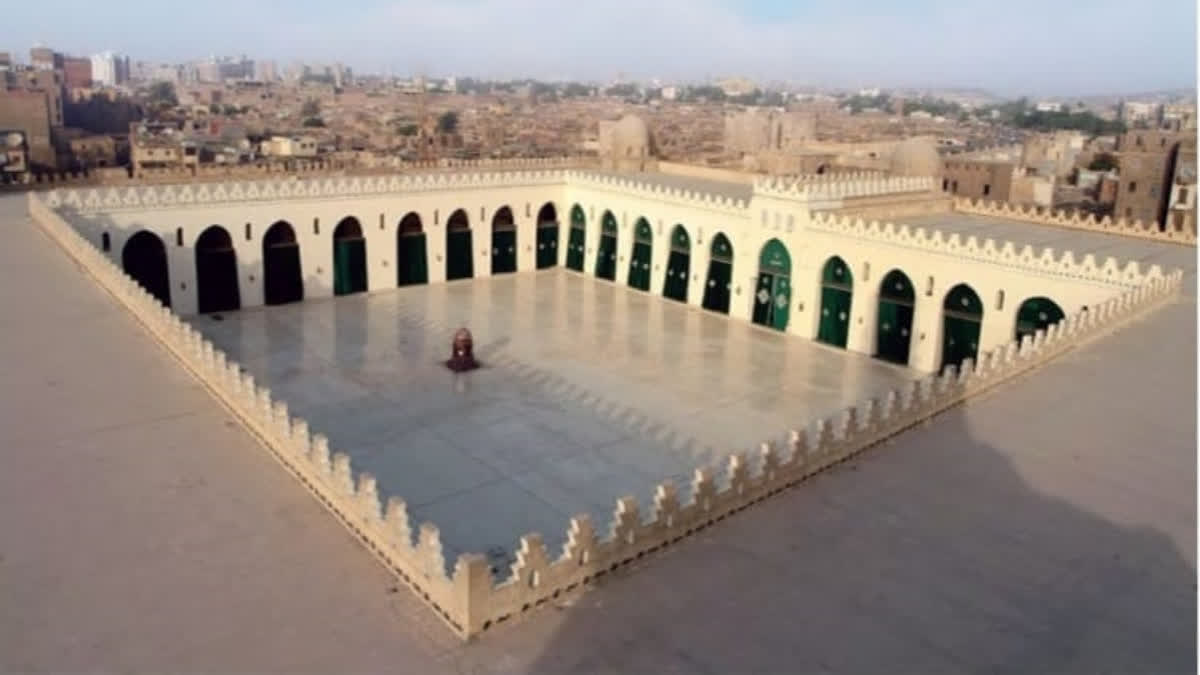Hyderabad: After his high-profile trip to the United States, Prime Minister Narendra Modi, who is going to land in Egypt later on Saturday, looks set for a much-awaited visit to Cairo's 1,000-year-old Al-Hakim Mosque, which is widely revered by Dawoodi Bohra Muslims, who have a chunk of population in India.
The Prime Minister will spend nearly half an hour at the picturesque grand mosque, the fourth oldest in the Islamic country, which is home to one of the world's most ancient civilisations and the second largest after the Mosque of ibn Tulun.
The historic and prominent mosque in Cairo, which was named after Al-Hakim bi-Amr Allah (985-1021), the 16th Fatimid caliph, holds a special place in the heart of Muslims. The mosque of al-Hakim bi-Amr Allah is an important cultural site for the Dawoodi Bohra community in the Egypt capital. Incidentally, PM Modi shares a deep relationship with the community back home in India, from when he was the Chief Minister of Gujarat.
The rectangular mosque is located at an area of 13,560-metre square out of which 5,000 square metres is the large courtyard or sahn at the centre. The remaining area is divided into the four covered halls on each side of the mosque, with the Bayt al salat, or sanctuary area and prayer hall towards the qibla wall, being the largest at 4,000 square metres and including five bays. The mosque has eleven gates and the most important is the central one on the main facade, made of stone. The gate has a prominent portico with carved niches and squares on its tip, similar to the Mahdiyah Mosque in Tunisia.
The mosque has a rich history attached to it. The Dawoodi Bohras from Fatimid dynasty renovated the mosque in the 1970s. Two renovations took place with the first taking place nearly 40 years ago. The mosque is visited by members of a sectin of Dawoodi Bohras, who settled in India in the 11th century. The community members moved from Yemen to Gujarat in 1539.
Modi's link with Dawoodi Bohras can be traced back to several decades ago. In 2011, when Modi was the Gujarat's Chief Minister, he invited the Bohra community to celebrate the 100th birthday of their religious head, Syedna Burhanuddin, with him.
After Burhanuddin's death in 2014, the PM also travelled to Mumbai to pay his last respects. He also met his successor Syedna Mufaddal Saifuddin, who is the current head of the community. PM Modi during his Bangladesh visit in 2021 met a delegation of the Bohras.



